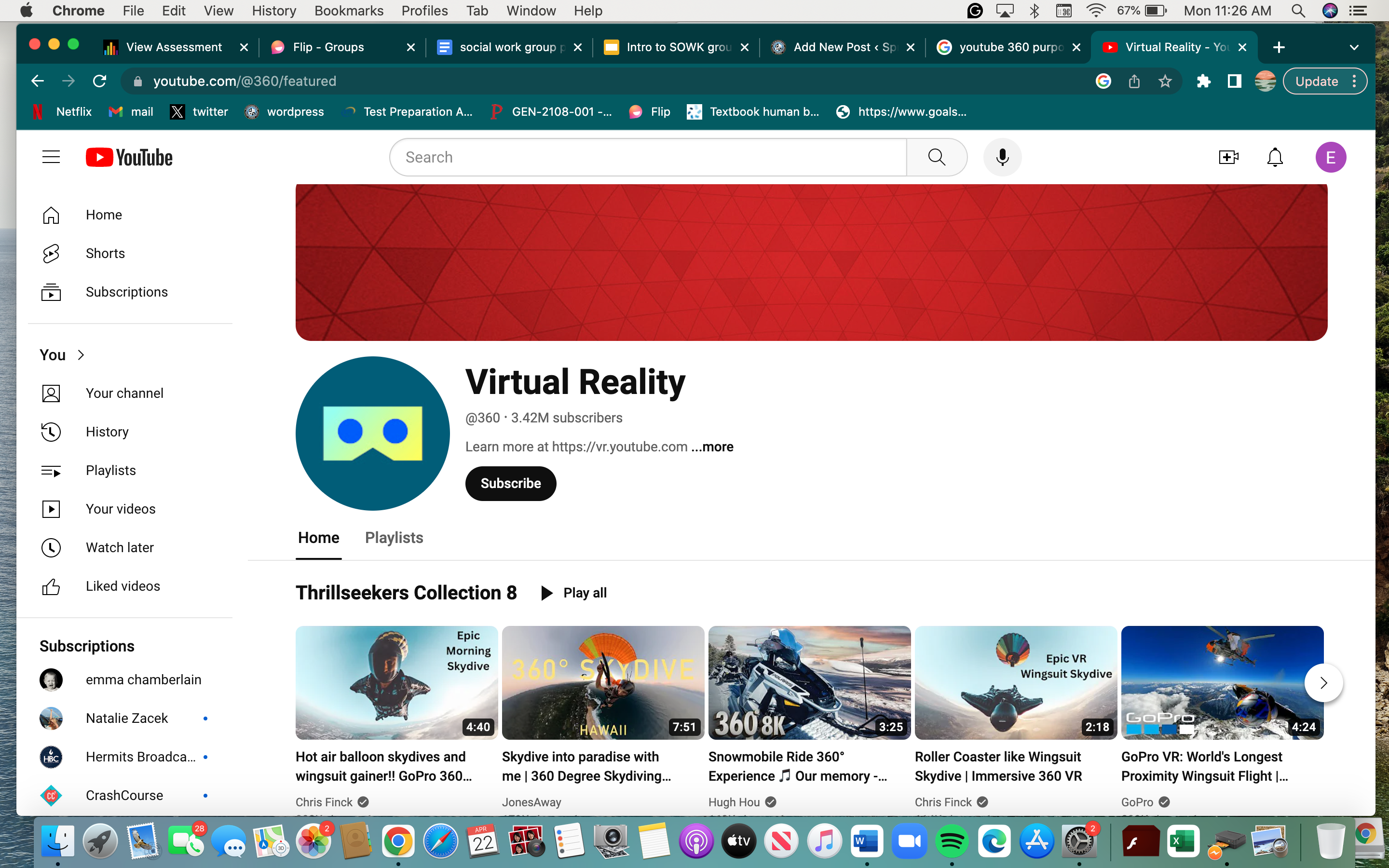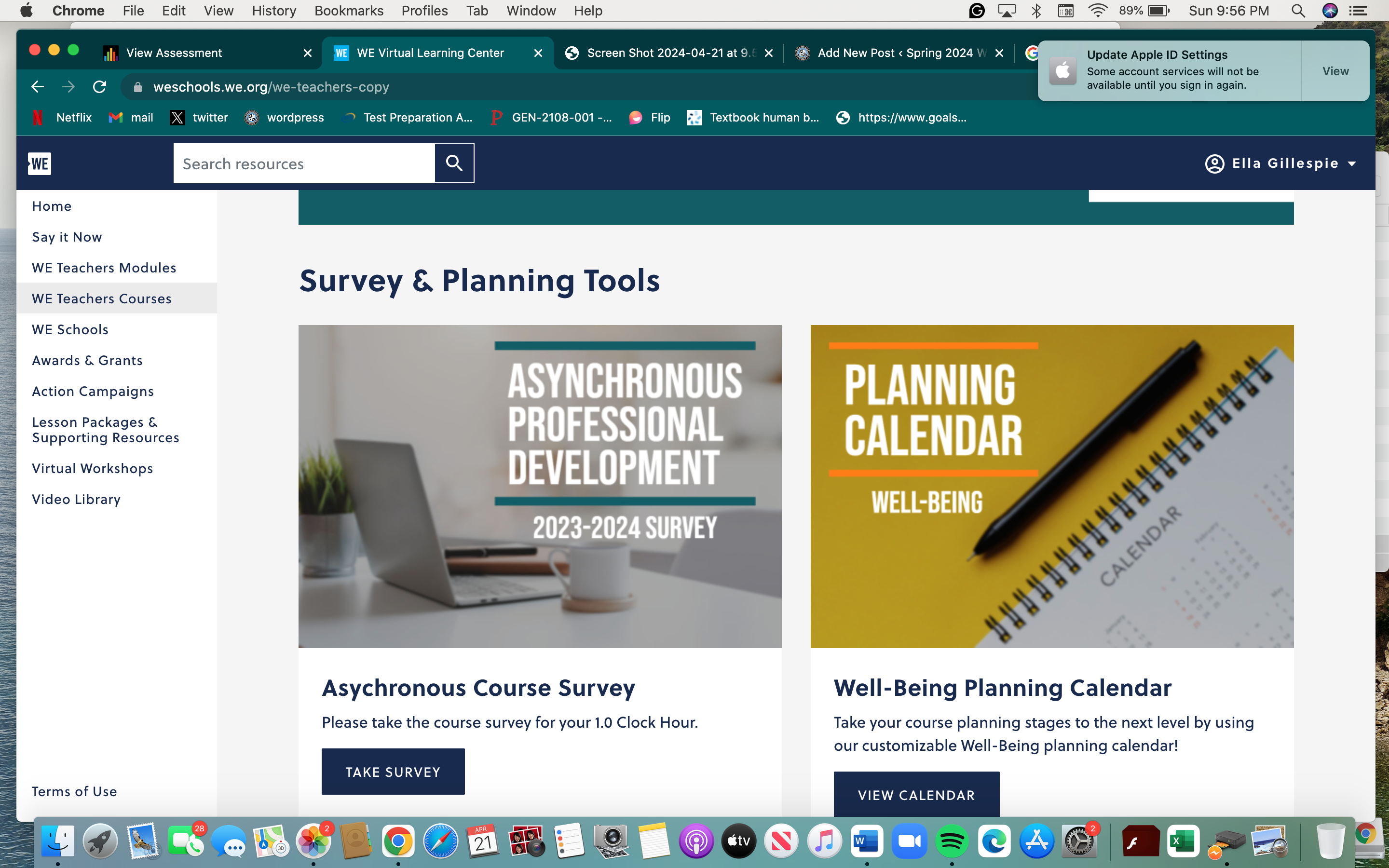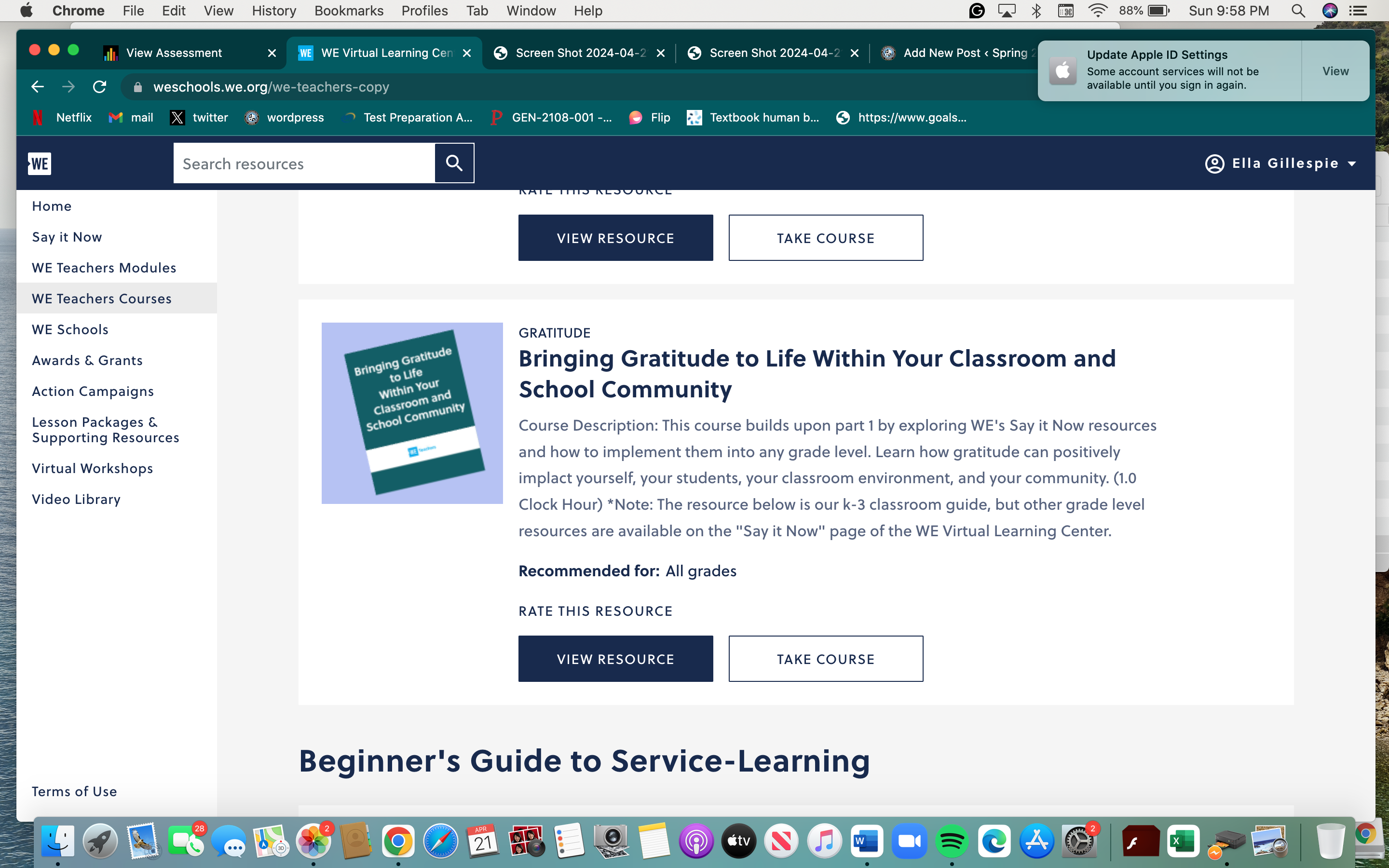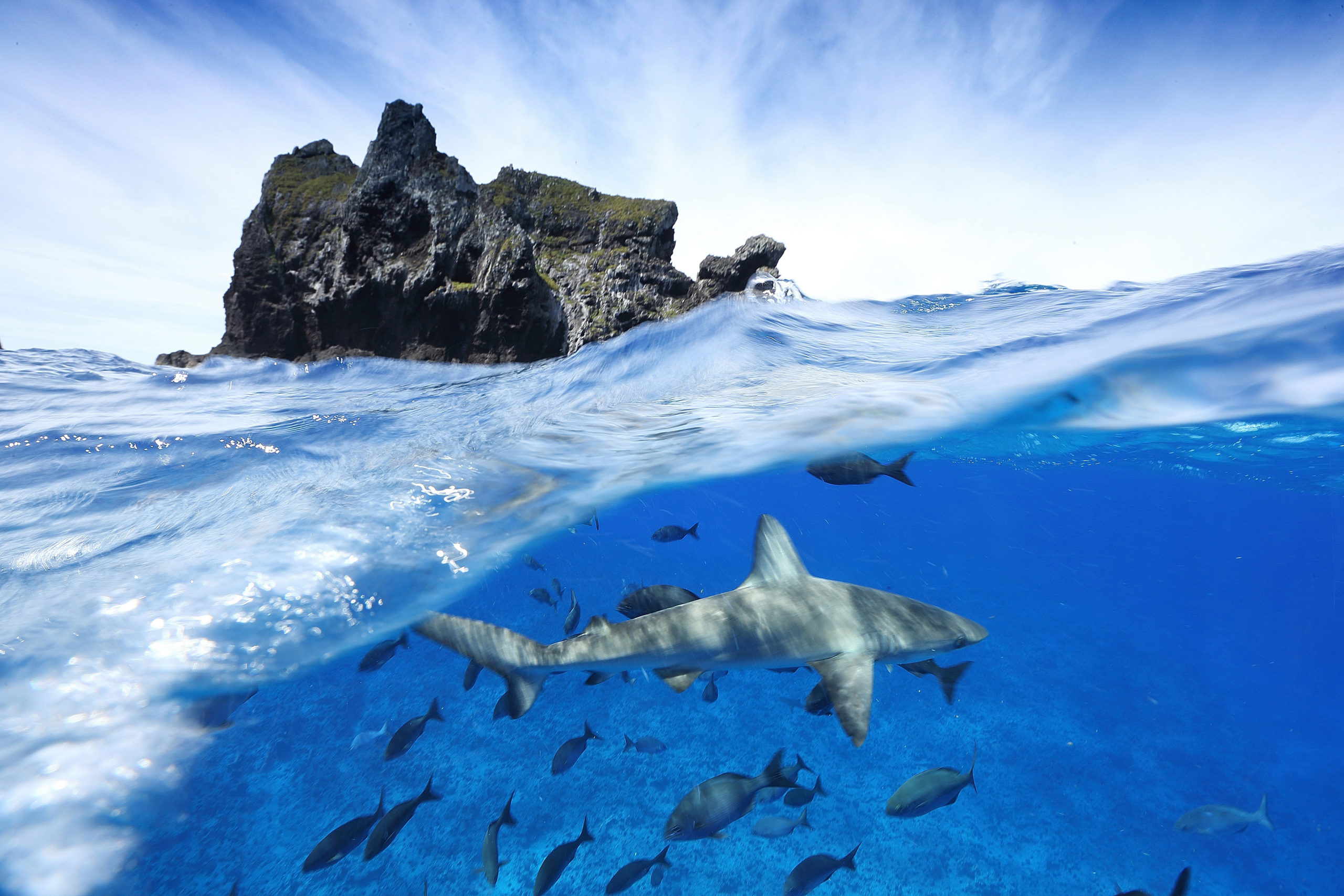Virtual Reality- Youtube 360

YouTube 360 is a great Virtual Reality tool that helps creators use these features to upload 360-degree videos in a collaborative space. This tool gives an amazing experience for viewers watching as well as the creators themselves to be creative with the content. There are many different collections to view on this YouTube platform with many kinds of experiences to be a part of. Virtual reality gives a realistic view that makes you feel you’re inside the video or really experiencing what’s happening. Virtual reality is a way to watch content on a personal level and messes with your senses as it puts you somewhere that is not really existent. Virtual reality lets viewers be immersed in their surroundings which really arent existing. There are three types of virtual reality, non-immersive, semi-immersive, and fully-immersive. YouTube 360 can be used in education, especially with students k-12 with appropriate supervision and moderation of what the students can view. There are virtual reality 360 videos that are about wildlife and bring you to different habitats and environments to really explore what it looks like. This helps students gain an understanding visually rather than reading in a textbook. There are also movies they can watch through YouTube 360. National Geographic provides so many informational videos. I think this tool is useful and provides so much opportunity to engage.
Organization and Gratitude in the Classroom!


The tools i’ve discovered from the WE Virtual Learning Center that i’ve carefully chosen as there are so many, are tools for classroom organization and planning, and the importance of gratitude in a learning environment. The first important tool is an online well-being planning calendar that can keep teachers, as well as students on track with their assignments and tasks! I have always been a firm believer that organization in the classroom is key to success! No one succeeds with their things scattered and no structure. The calendar is customizable to match your needs or keeping things in check! i think as a teacher, i will most defnitely be using these creative tools to further my succesful and my students. The next tool is a course provided to teachers to help bring gratitude to the learning community. This guide is what every teacher needs to better their classroom and role as a teacher. Gratitude, optimism, motivation, etc, are all great tools to help be more successful educationally. I think knowing how to practice gratitude as a teacher is important so they can reflect the gratitude throughout their students and collueges.
Accessibility Tools for Students
There are many tools for students to provide them a strong education especially when in need of accessibility support. I’ve dug deep to find the best accessibility tools that can help students and make completing their work less difficult. Sonocent is an audio notetaking platform that students can use if they struggle to take notes or have a disability that doesn’t allow them to. Using the built-in microphone in our computers, Sonocent uses that audio to write notes. However, it is a costly tool but provides students a lot of assistance with note-taking. Another similar tool is Glean, which provides a free trial for students. JAWS is a fantastic resource for students with vision loss to know what’s on their screen. JAWS reads the screen content for students and helps to better education for those with disabilities. Microsoft provides many accessibility tools for students as well. They provide highlighting text, reading passages aloud, and provide many visual references for those viewing them on Microsoft. Zoomtext is another tool that provides screen magnification on devices. Many computers come with this accessibility tool and is very useful for people of all ages.
Communication in the Classroom
There are many things we can do to encourage communication in the classroom and make it a stronger quality for many students. As a teacher, we want the students to communicate with us as their support system and communicate with their classmates. We can create many goals to improve our communication with our students and find ways to make students more comfortable when communicating. Firstly, you want the student to feel safe. Not being intimidating to our students and being calm, direct, and collected is the best way to communicate. The students should feel them in a safe environment. Despite shyness, reading to their class shouldn’t be scary or intimidating. Letting students know they can come up to teachers and ask questions will encourage communication. There are 4 main points I believe are most important in communication. Active Listening, Body Language, Writing things down, and engagement take communication to a different level. Active listening shows you are mentally there while someone is speaking and shows that you care about what they’re saying. Body language, like sitting up straight, eye contact, and nodding, are great ways to express your understanding. Writing things down if necessary shows you don’t want to forget what the speaker is saying. Engagement in the conversation like addressing what they’re saying, pointing out details, and repeating them, are all effective ways. Communication is our strongest way to support each other and express ourselves, it’s best we know how to do it right!
- active listening
- body language
- writing things down
- engagement

https://www.microsoft.com/en-us/education/products/learning-tools
Educational Technology
K-12
National Geographic offers many learning opportunities to students k-12. This tool is inclusive to all students of all ages. Keeping students engaged with our planet is crucial for the future generations of students. I chose National Geographic focused in Marine life and conservation because i am highly engaged with the ocean, and actually wanted to persue marine biology as my full time career for awhile. I feel very passionate about the ocean and marine life and feel that teaching it to younger students can give them that same live an passion for it as well. The ocean has a huge responsibility for keeping us alive and regulating our ecosystem. There are many resources found on National Geographic that can inform kids about what they can do to be engaged and so many links to research on their own. There are videos and articles about marine life cycles, food chains, discovering the sea floor, exploring coral forests and more! These resources introduce geography, oceanography, geology, and earth science to students! Students can learn about endangered animals and what we can do as a species to keep those animals alive. I’m excited to use these tools in the classroom and encourage other teachers to as well!

Collaboration in the Classroom
Collaboration in a school classroom is a useful tool to further students’ education and guide teachers as well. This can benefit everyone in the school system, students, teachers, administration, and the community. Working together in groups or pairs encourages students to become comfortable with teamwork and understand it for their own benefit. Collaborating with their classmates will help better communication skills for students of all ages by talking to their peers to discover what they’re looking for. Urging students to effectively solve problems together, talk things out, use critical thinking, and use different perspectives for other ideas. Alongside collaboration, school-age children are building social skills that are crucial to learning while gaining knowledge. Students can accomplish so much more by becoming one and collaborating in their classrooms.

Avoiding Technical Mistakes in the Classroom
Nira Dale- https://blackboard.stockton.edu/ultra/courses/_101269_1/outline/file/_3458191_1– Mistakes often made when having technology in the classroom
Technology in the classroom can be useful, and efficient, and help students achieve success. However, problems can occur and mistakes can be made when interacting with technology for students of all ages. Technology can be distracting if misused and if it is being unreliable. Breaking down steps for students to use technology properly when it’s first introduced can save time and make assignments easier for students. Nira Dale mentions that technology doesn’t teach, teachers do. You cannot rely on technology to take over and project the information to your class. Another mistake made is making the assignments only available to the teacher’s view when the students can use each other’s work for motivation and further success. When using technology, you can combine all the student’s uploads to broaden the audience. Giving students a choice and voice to what works for them to better their success and opportunity. Technology exists for students to succeed as long as its provided correctly and able to be understood.
Podcast: Play in new window | Download

